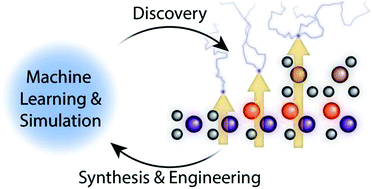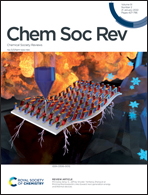A bright future for engineering piezoelectric 2D crystals
Abstract
The piezoelectric effect, mechanical-to-electrical and electrical-to-mechanical energy conversion, is highly beneficial for functional and responsive electronic devices. To fully exploit this property, miniaturization of piezoelectric materials is the subject of intense research. Indeed, select atomically thin 2D materials strongly exhibit the piezoelectric effect. The family of 2D crystals consists of over 7000 chemically distinct members that can be further manipulated in terms of strain, functionalization, elemental substitution (i.e. Janus 2D crystals), and defect engineering to induce a piezoelectric response. Additionally, most 2D crystals can stack with other similar or dissimilar 2D crystals to form a much greater number of complex 2D heterostructures whose properties are quite different to those of the individual constituents. The unprecedented flexibility in tailoring 2D crystal properties, coupled with their minimal thickness, make these emerging highly attractive for advanced piezoelectric applications that include pressure sensing, piezocatalysis, piezotronics, and energy harvesting. This review summarizes literature on piezoelectricity, particularly out-of-plane piezoelectricity, in the vast family of 2D materials as well as their heterostructures. It also describes methods to induce, enhance, and control the piezoelectric properties. The volume of data and role of machine learning in predicting piezoelectricity is discussed in detail, and a prospective outlook on the 2D piezoelectric field is provided.



 Please wait while we load your content...
Please wait while we load your content...